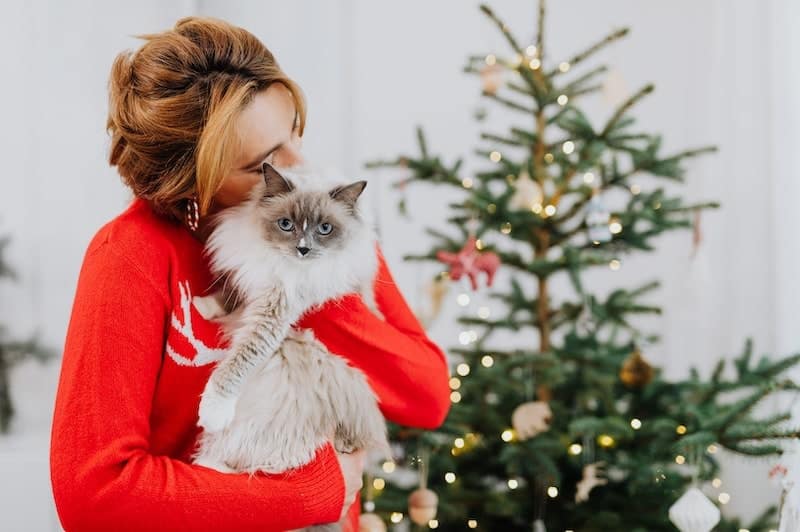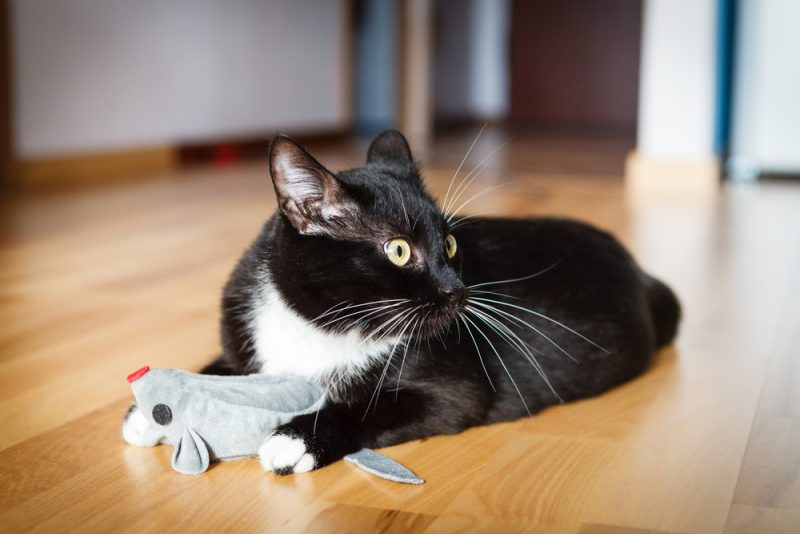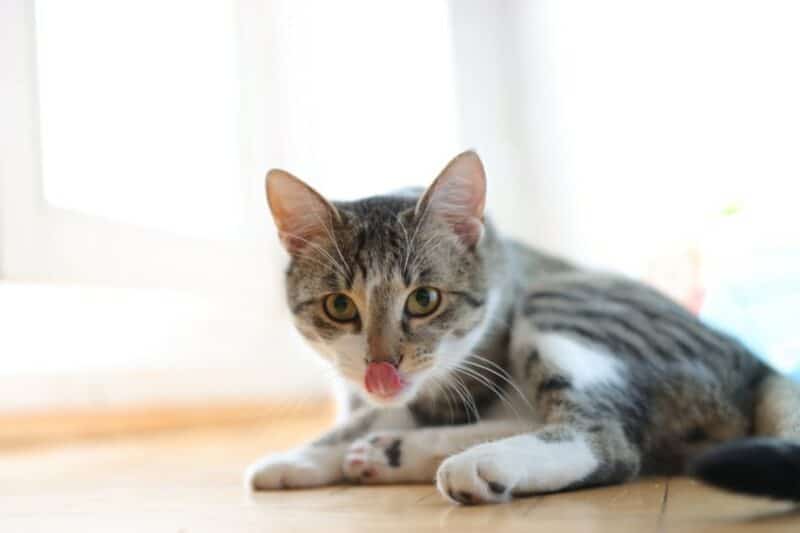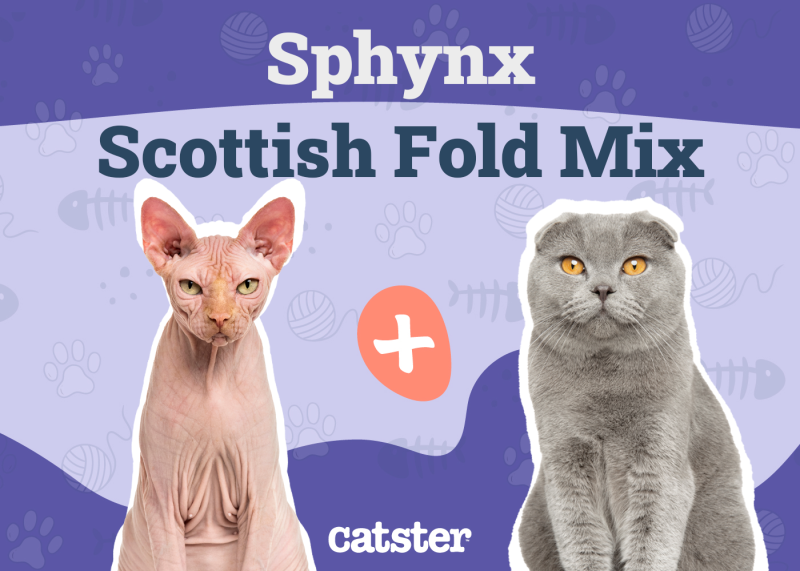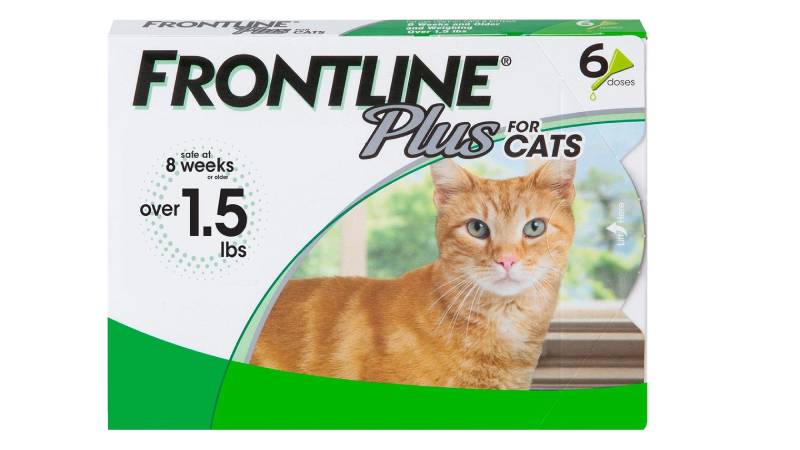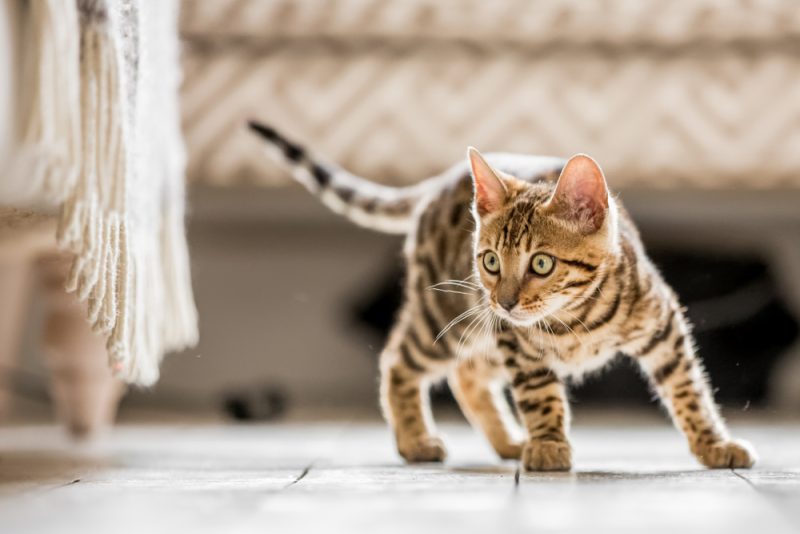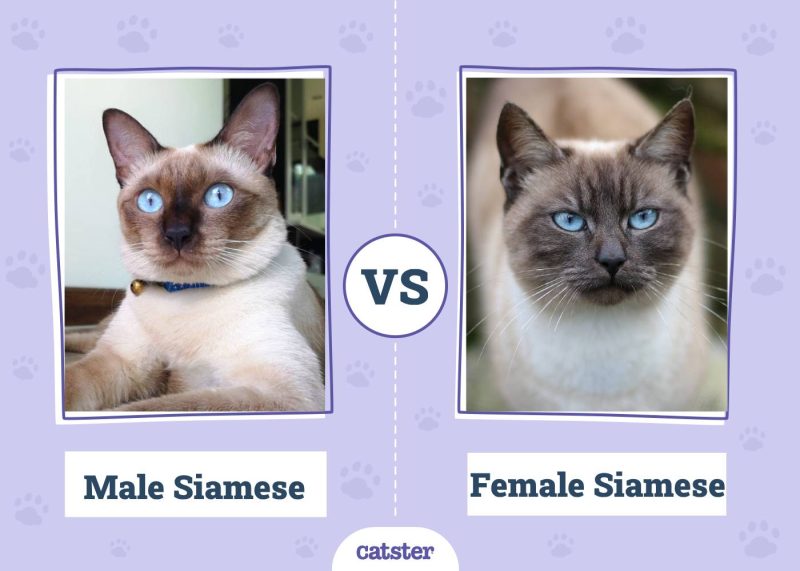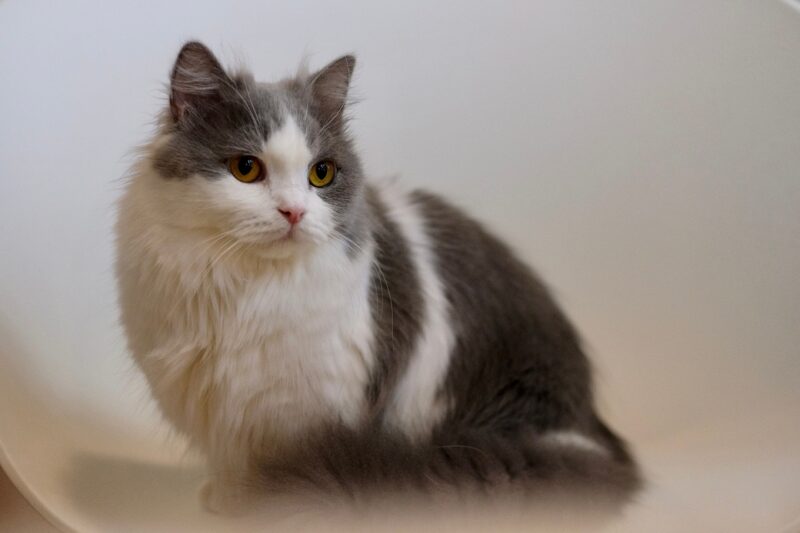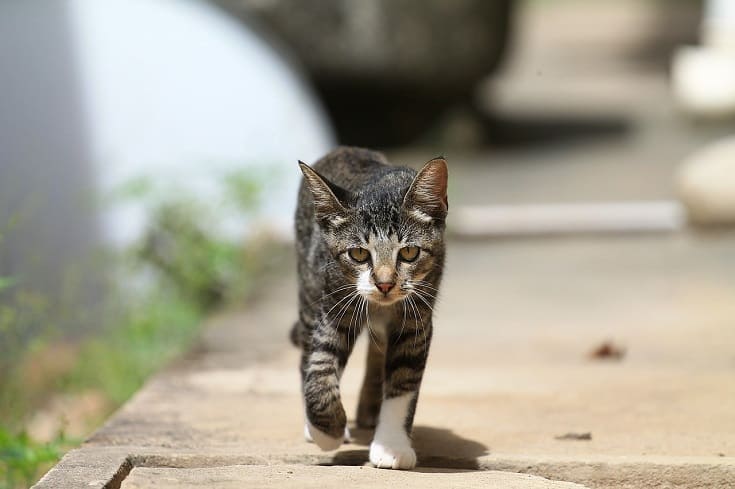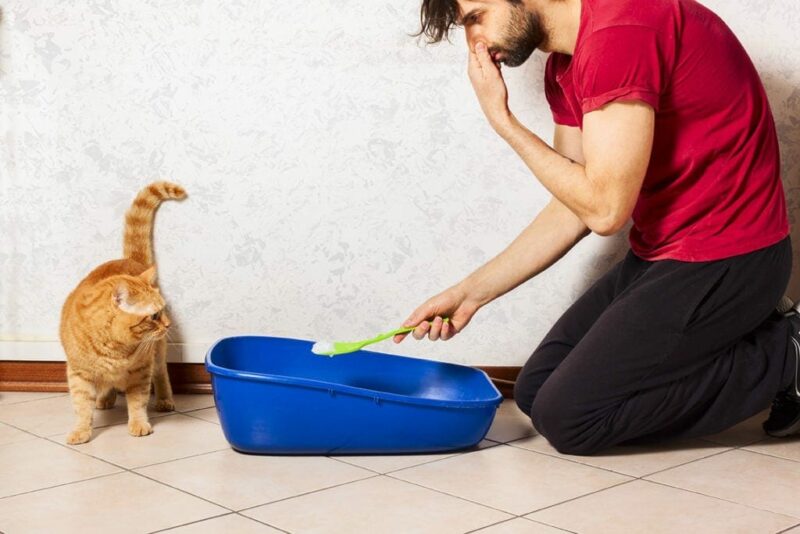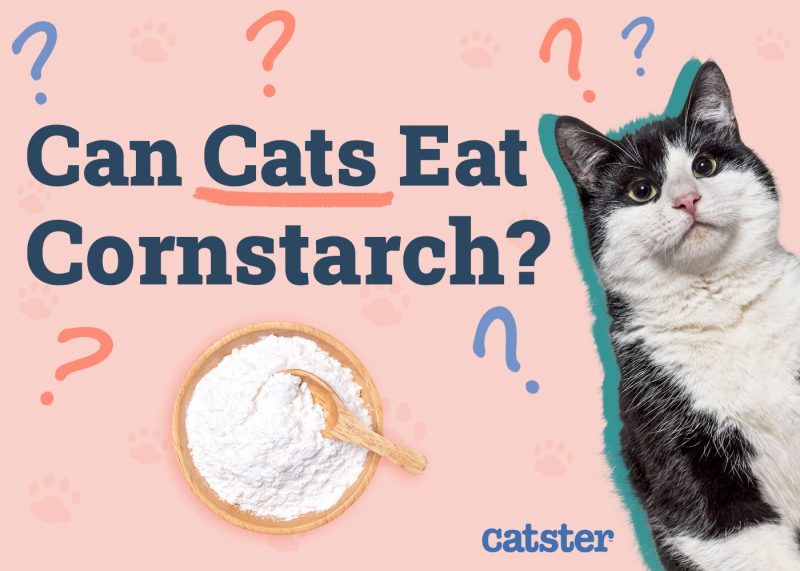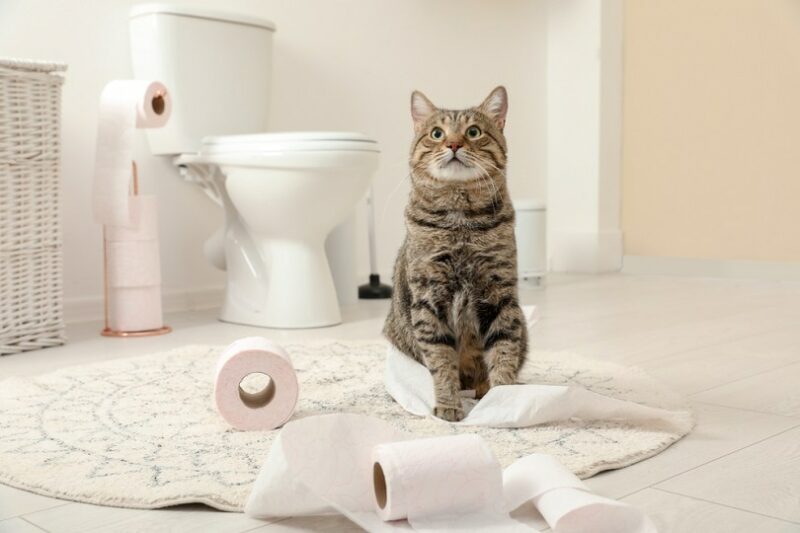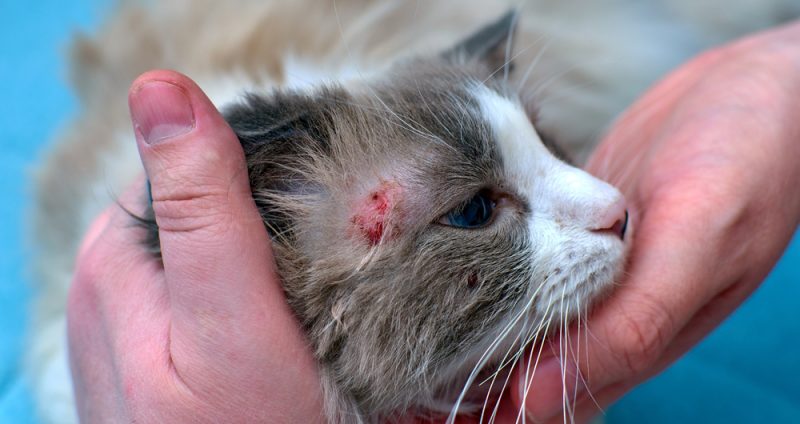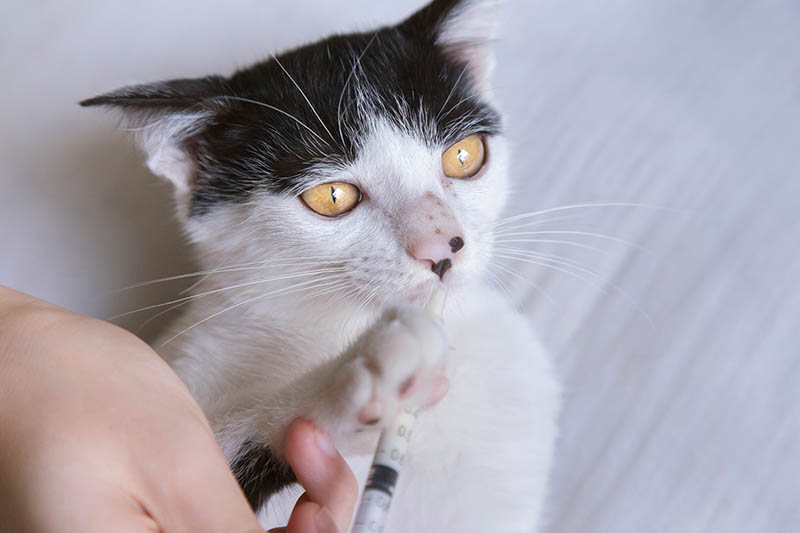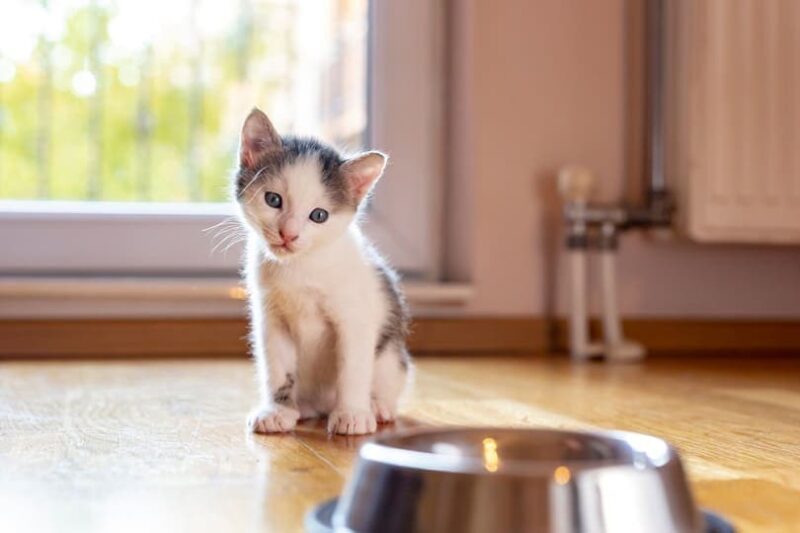People have decorated trees for Christmas since the early 1500s when the practice started in northern Europe in Latvia. The Germans brought the tradition to America in the 1800s. There were only real ones in the beginning. It didn’t take long for fake or artificial trees to hit the market in 1883. If you have a cat, you know that putting one up is inviting your pet to climb it.
You may wonder if a fake Christmas tree is a better choice to have in your house. The short answer is yes and no. The issue depends on what aspect of having one poses problems for your cat.
 Real Trees
Real Trees
According to the National Christmas Tree Association, Americans buy between 25 to 30 million real trees a year, far outpacing artificial ones. We prefer the traditional option, despite the mess of pines, firs, and spruces—oh, my! Nevertheless, that doesn’t necessarily make them safer. We must delve a bit further to answer that question.
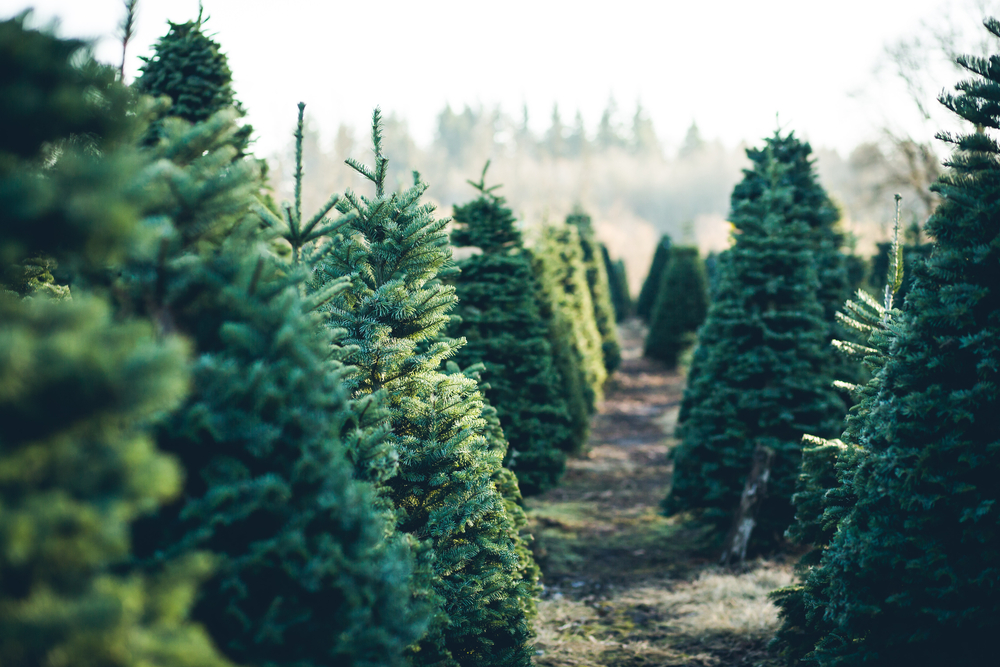
Toxicity
One concern pet owners may have is toxicity, especially for kittens and cats that chew stuff. Your pet probably won’t eat them since they won’t taste good. They may have some gastrointestinal upset if they do. The sharp needles can cause mouth irritation, with open sores being a pathway for bacteria. Most types of natural Christmas trees are not toxic to cats but may still irritate them.
Other Hazards
The other concern with real trees is the water for keeping them green and hydrated. The chances are you’re adding some kind of solution to the stand’s bowl. That may cause problems if your kitty drinks it. If you have a live tree, you should cover the water to ensure your cat can’t get to it.
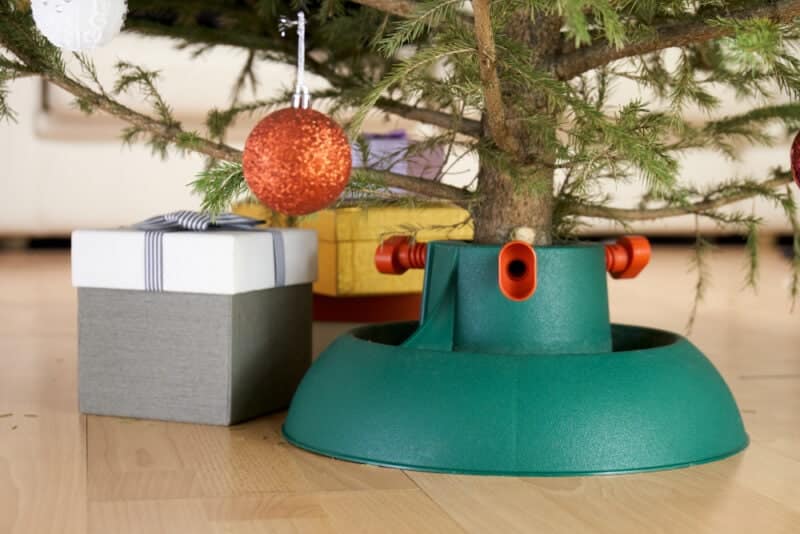

Fake Trees
Instead of bark and needles, fake trees have plastic, various metals, and other materials that may be problematic for your cat.
Toxicity
Coatings, paints, or scents on these products may cause GI upset if your pet chews on them. However, these issues are probably more likely if you have a kitten and not an adult. Their curiosity is usually in hyper-mode at that age where everything is a toy.
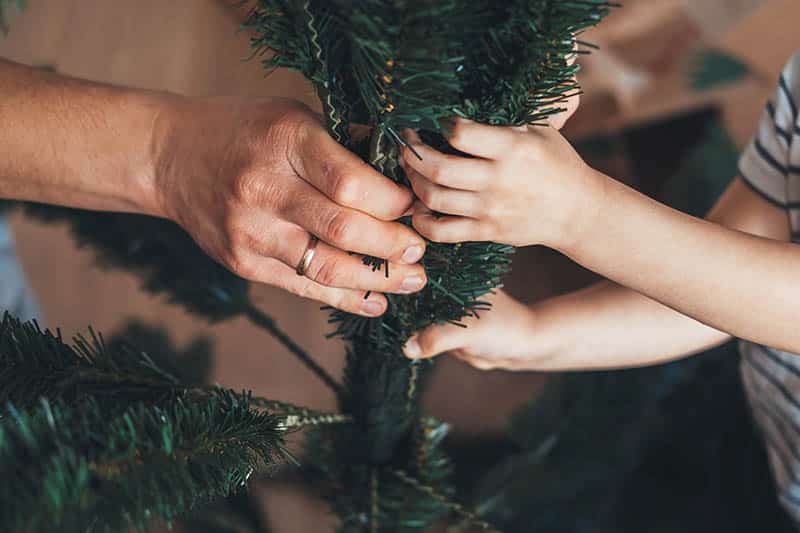
Other Hazards
The good news is that you won’t have to deal with problems with sap or water in the Christmas tree’s base. However, these concerns are typically minor compared to having one in your home, no matter if it’s real or artificial.

Playing It Safe With a Christmas Tree
The main issues with a Christmas tree are climbing and chewing. They apply to both types, too. The concern with the former is your cat knocking down the tree and breaking decorations, which poses a hazard for everyone in the house.
We recommend considering the tree’s placement carefully. You shouldn’t place it near a bookcase or table that could serve as a launching pad for your pet. After all, your cat can jump up to 6 feet high and up to 7 feet long.
You might also consider putting up the tree sans ornaments for a day or two. Your kitty can do all the exploring they want to do without knocking anything off the tree. We recommend fastening the tree to prevent it from being toppled over. We suggest putting any glass or fragile ornaments on top, so they won’t be a temptation for your cat to swat at them if they’re within reach. Be careful with any decorations on a string, such as tinsel and lights, as cats can get tangled in these, and sadly, they can be a strangulation hazard. Decorations can also pose an obstruction hazard if your cat decides to eat one. Electrical wires can pose an electrocution risk if they are bitten through or chewed on.
In general, the decorations rather than the trees themselves are what pose the risk, so consider placement carefully if you have a curious cat. You can keep your tree in a room that the cat does not have access to to be on the safe side.
Offering an enticing alternative may also help distract your cat, such as their own cat tree or scratching post.
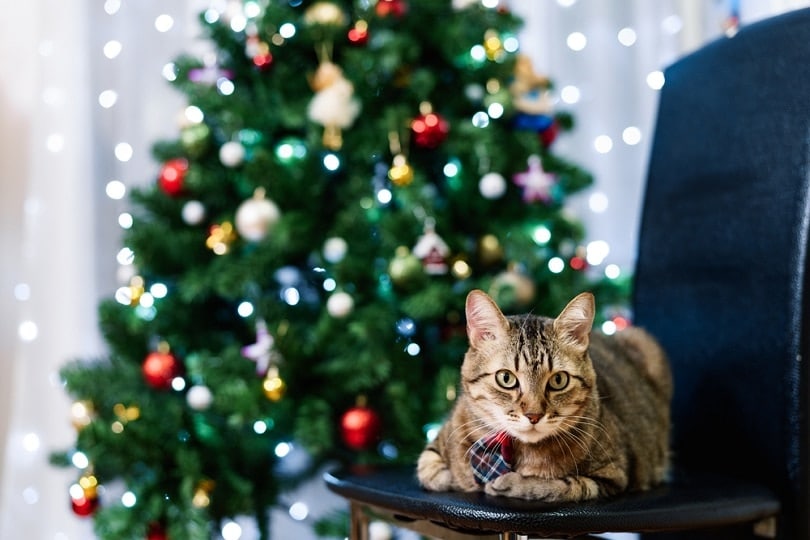
Other Yuletide Concerns
The Christmas tree isn’t the only issue when it comes to cats. There’s also the matter of what’s underneath it. We suggest avoiding putting presents with any food items in them, for humans and felines, under the tree. That precaution applies to any catnip toys or treats, too. Remember that your pet has a keen sense of smell. Besides, why spoil the surprise?
On a Side Note
It’s worth noting there’s another reason to stick with a real tree versus an artificial one that you may not have considered. The live ones are the more environmentally friendly choice than the fake ones. An artificial tree has 10 times the greenhouse gas emissions than a real Christmas tree burned after the holiday. Even if the latter ends up in a landfill, it is still over two times less.
We suggest contacting your city or local nature center to find out about using the discarded tree as a habitat for wildlife. If you have space in your yard, you can attach some seed treats or a suet feeder to it for overwintering birds. It will also provide welcome cover for rabbits, squirrels, and other animals seeking shelter. It’ll make for some fun viewing for your cat, making a real tree the natural choice.
Another option sometimes available is to have a living Christmas tree which can be re-planted or kept in a pot and used year after year.
 Final Thoughts
Final Thoughts
Keeping your cat away from your Christmas tree is a challenge, no matter what kind you get. They’re just as likely to climb a fake one as they are a real one. However, the former is only marginally safer. The problems a curious pet can cause are just as likely with either one. We suggest treating your cat like a toddler. Secure the tree to prevent it from falling and keep the fragile stuff out of your pet’s reach.
Featured Image Credit: Karolina Grabowska, Pexels
